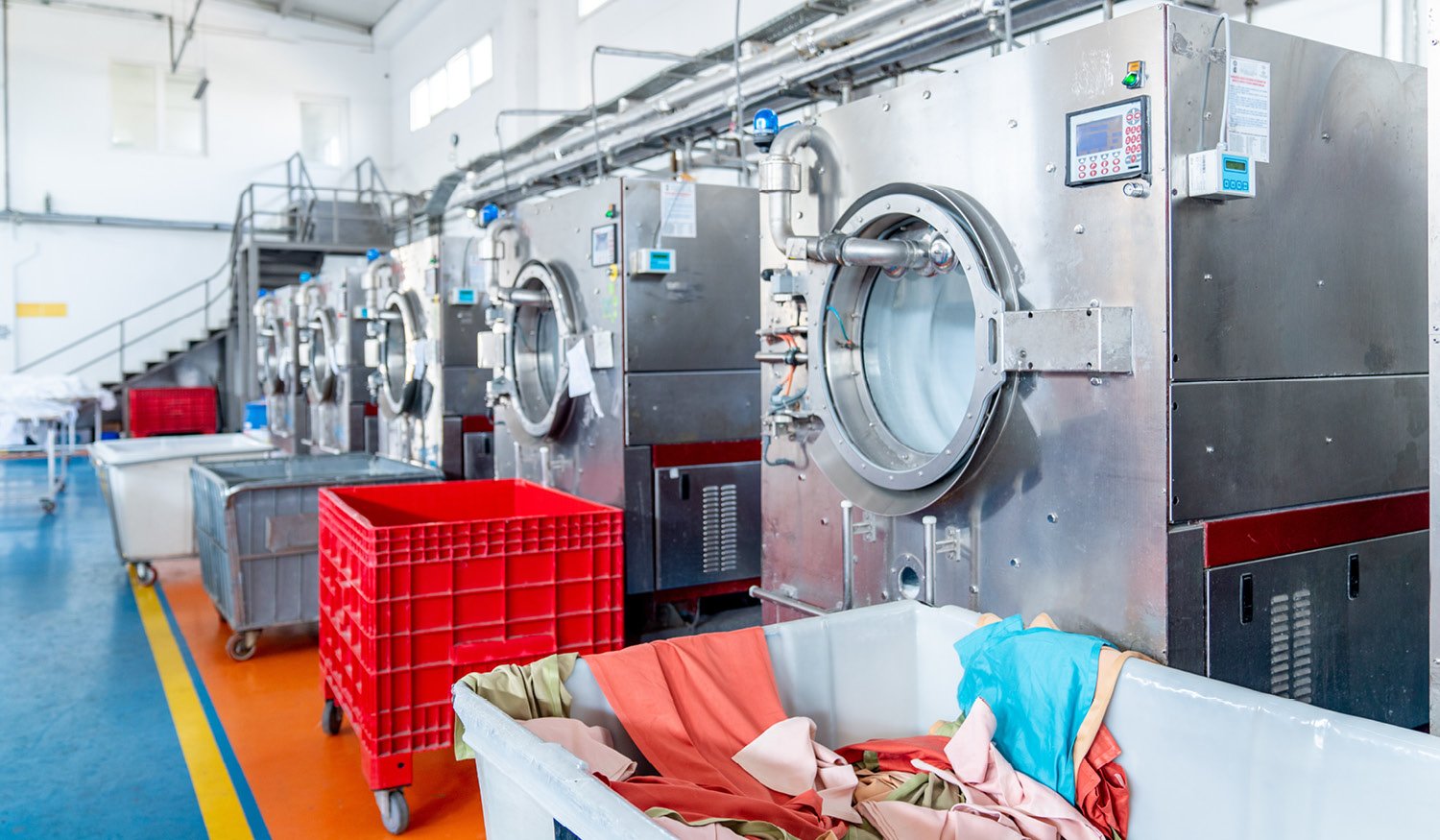POV: Industrial Laundry - Trying to Wring out Profitability
With five years in industrial laundry, I have held various operation leadership roles in Wisconsin, Illinois, and Indiana, from world-class Fortune 500 companies to 3rd-generation family-owned operations. Each share the same issues and hardships. The rental uniform business is highly complex and fast-paced, with the ultimate goal of serving customers a clean inventory of product week after week while allowing them to run their business safer, faster, and more comfortably. Industrial laundry is known for being highly competitive, very dirty, physically demanding, with long hours, and extremely tight margins . An average item is touched 10 times before returning to the customer. The most profitable customers are the ones that are retained, and a strong emphasis is put on keeping customers and limiting lost business. To add to the complexities, daily demand changes based on seasonality, customer behavior, economic sensitivities, and customer use. The Service and Plants teams have very little time to respond to changes, and traditional business strategies have limited the growth and success of this industry. To service customers better, faster, and safer, this industry must continue to engineer and develop creative ideas.
Putting the pieces together
Daily demand at the plant changes depending on various things whether it be new sales, differing customer needs, seasonality, or uneven daily customer use. Every day the plant needs to instantly react to these demand changes by piecing together what items need to be washed and when. In conjunction to this, plants must have the right individuals at each phase of packing, garment hanging, etc. to keep the items moving in the process. Plant leaders have quietly navigated these daily variations and have gotten quite good at flexing themselves into spaces to break bottlenecks. If this still isn’t good enough, routes are either shipped incomplete, or quality suffers. Repeated service and quality issues puts the account at risk from a competitor or something the customer figures out another solution all together. Either way that retained business is at risk and therefore profitability of the site is as well.
Treating the symptoms and not the root cause
I spent much of my time in this industry earning my Blue Belt in Six Sigma and studying ways to eliminate defects and drive profitability. Many of these projects were scoped to help level load the plant and to create a more agile response to daily demands. I conducted and executed several projects that would eliminate small product lines, pony-washing special customers, and even conducted and executed several large re-routes of the business. Reroutes eliminate unnecessary driving miles, attempt to even plant loads, and help reduce service time. Reroutes are very painful for team members and customers alike. Historically this approach has been the way most laundries keep up with daily demand and level load themselves. The root cause of this issue is new sales are placed on routes, without much concern for the implication of what day the plant might have the capacity to handle this surge in wash demand, and countered by if a customer was lost the plant would have a major downswing in wash usage. It is healthy to look at these routes occasionally to even load service team members and try to help the plant create an even daily demand.
Traditional challenges
If a business is not positioned for a large re-route, (many are not) it is customary to know that there are heavier days in the plant vs slower. The old practice of staffing to average volume forces leaders to work the front lines on heavy days, and scramble to find tasks to keep employees busy on the slow days. In one of my plants, Wednesdays were 25% heavier than any other day. Due to customer service day constraints, we had to accept that Wednesday would be a heavy day. The plant employees would prepare themselves for a long day, and we often ran OT to keep up with this demand. This was made even worse if a holiday was in the middle of the week. Plants were then asked to produce 5 days’ worth of product in 4 which put even more stress on the plant. With Veryable, it 's almost effortless to tap in your labor pool to fulfill customer needs on higher-demand days, holidays, and re-routes, and lessen this burden on full-time employees by eliminating the need for overtime.
Sales that are too tough to handle
At several points in my career, our sales team would sell very large uniform accounts. This was great for the business, but without proper stockroom staff, sales teams would typically have to go in and barcode, dress, and help seal all uniforms. With Veryable this could have been easily fixed by bringing in a few on-demand operators to complete the new uniforms. This also would have enabled industrial laundries to take on additional sales while the sales team focuses solely on selling.
Real World Example
The Folde, a laundry delivery service in Austin, TX, had been operating for five years and wanted to continue growing, but consistently had to turn down orders due to labor constraints. In fact, they had to turn off successful marketing campaigns because they couldn’t fulfill any additional orders. The owners and managers were already folding clothes until 3am some nights to keep up. This led to burnout and retention issues among employees and management.
By leveraging Veryable to build an on-demand labor pool, The Folde gained the ability to scale each day to the precise level of support required. This helped them maintain full utilization without burning out managers and employees.
After just six months using Veryable, the results speak for themselves
- Increased gross margin per order by 93%
- Increased net revenue per order by 44%
- Increased gross revenue by 59%
- Kept overtime costs at 0% (New company commitment to full-time employees)
The industrial laundry industry has been playing defense for many years to try and combat daily demand changes. Leaders often use themselves as the flexible extension of the business, taking time away from the transformational changes they were hired to do. Building a labor pool of individuals to tap into can and will change the entire dynamic of the industry. Having a fully built labor pool allows laundry providers to meet customer needs each and every day regardless of demand. Having access to unlimited flexible capacity means industrial laundry providers can take on more business without a drop-off in service levels or burning out their full-time employees with mandatory overtime. The industry is ready for a much-needed change, and with Veryable's on-demand labor platform, these businesses can reach new levels of productivity and efficiency while continuing to grow and expand.
To learn more about how Veryable it easier to reach your goals:
Homepage: Veryable for Operations Leaders
Previous Posts
Trump 2.0 Week 14 Recap: Discussing The De-Escalation of the U.S-China Trade Conflict, New Deals With Key Trade Partners In The Works, and More
The Future of Manufacturing and Logistics
Create a free business profile today to explore our platform.






